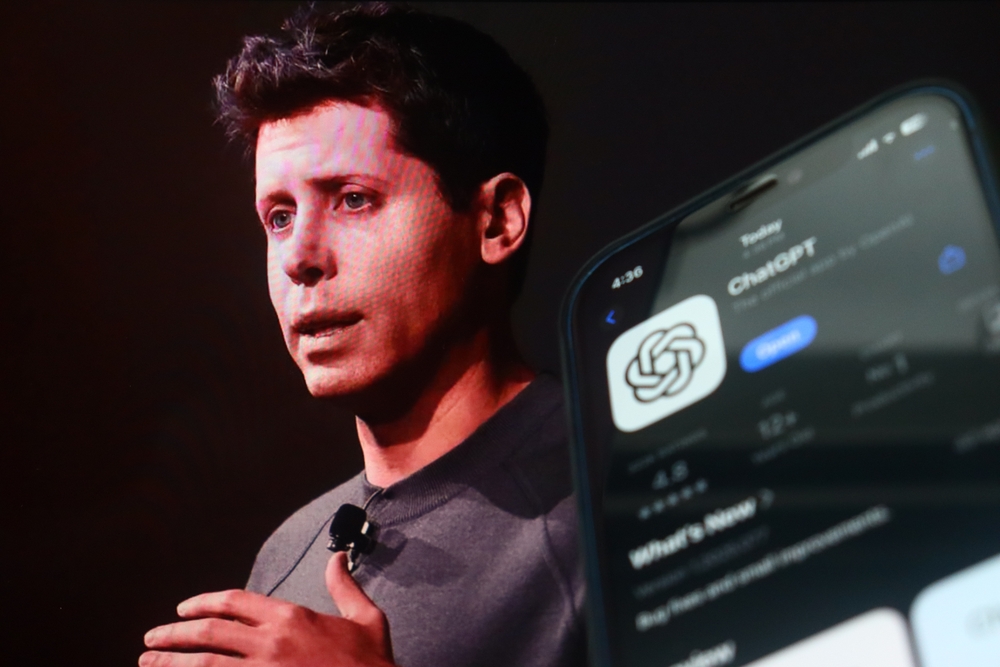During a recent company-wide meeting, OpenAI CEO Sam Altman shared a high-level overview of a new device developed in collaboration with former Apple chief designer Jony Ive. As reported by The Wall Street Journal, the upcoming gadget is described as a fundamentally new kind of AI “companion,” designed to integrate seamlessly into daily life. With an ambitious production goal of 100 million units, the device is positioned to become a regular fixture alongside existing tools like the MacBook and iPhone.

Unlike smartphones or smart glasses, this device will not rely on screens or wearables. Altman and Ive envision a product that blends into its owner’s environment while remaining nearly invisible. Ive, known for his minimalist and functional designs, is expected to chart a “new direction in design” with this project. The device aims to gently shift users away from screen dependence, without falling into the current trends of wearable tech—something Ive remains skeptical about.
Creative Collaboration and Market Strategy
OpenAI recently acquired Ive’s startup, LoveFrom (referred to in media as io), for $6.5 billion. According to Altman, this acquisition opens the door to what may become OpenAI’s most significant undertaking to date. He estimates it could ultimately add $1 trillion in value to the company. Ive will continue leading the creative and design direction of the device, with the development process remaining under tight secrecy to prevent leaks or imitation from competitors.
Production plans for the AI companion are already in motion. While the aim is not to manufacture 100 million units on day one, the supply chain is being built to scale quickly if needed. The first release is expected by the end of next year. Ive’s team has started initial discussions with potential suppliers to ensure readiness for rapid rollout.
A Central Role in OpenAI’s Ecosystem
This project aligns with Altman’s broader goal of embedding OpenAI into a range of sectors, from enterprise software to robotics. With Apple and Google dominating mobile platforms, creating a new kind of personal device is seen as a crucial step for companies like OpenAI to maintain direct access to users.
OpenAI VP of Product Peter Welinder joined the project over a year ago, working closely with Ive to develop a meaningful user experience. The device won’t just be an optional add-on—it’s intended to become a central piece in the user’s interaction with OpenAI’s technologies, notes NIXsolutions.
As Altman explained, they were both intrigued by the idea that a new kind of computer could be delivered directly to users upon signing up for ChatGPT. Existing devices, they felt, no longer matched the capabilities of modern AI. “ChatGPT changed how people think about what technology can do,” Altman noted, “but the interface hasn’t evolved. This isn’t science fiction—we believe models can do more, and this device will help show that.”
This innovative AI companion signals a significant step for OpenAI in redefining how users interact with artificial intelligence—and we’ll keep you updated as more integrations and details become available.
